Luxury and Decoration: Fashion in High Renaissance Art
Fashion during the High and Late European Renaissance was a true lesson in opulence, with exaggerated silhouettes that accentuated the human form, along with indulgent, luxurious fabrics adorned with sequins, embroidery and precious stones. Italy led the way during the early 16th century, shaping and influencing much of what was worn throughout Europe, leading to a more international style of dress, at least amongst courts and the upper class. In the later 16th century, Spanish styles took hold, with darker, richer and heavier fabrics. Art of this era depicted the way people dressed, but it also mirrored the same emphasis on luxury and heightened exaggerations in the human form, particularly in the later, Mannerist phase of the Renaissance.
Much of the developments in High Renaissance fashion focussed on distorting the human body, even if wearers were forced to endure significant discomfort, or impaired bodily movements, for the sake of fashion. They highlighted a widespread sentiment that element of the human body needed to be exaggerated through enhancements that highlighted the wearer’s virility or fertility, particularly emphasising the wearer’s small, waspish waist, which contrasted with broader shoulders in men, and wider hips in women.
One of the most popular developments in women’s clothing was the farthingale, a broad hooped skirt made from wood, hoops and rope designed to exaggerate the shape of women’s hips. Initially the skirt caused controversy from religious objectionists who believed its emphasis on women’s childbearing parts could lead to sexual depravity, but as the skirt’s popularity spread throughout European courts, its silhouette became more widely accepted. In a depiction of a Ball at the Court of Henry III of France, 1580, we see the extreme silhouette created by this skirting, which served to emphasise the women’s tiny waists. Queen Elizabeth I’s portrait by Marcus Gheeraerts the Younger showcases how the farthingale not only created an air of grandeur in the wearer, but it allowed for maximum use of indulgent fabric to be on display.
Tightly laced, corsets, made from whale bone or steel, were another innovation that became popularised during the 16th century, worn by both men and women. For men, corsets were designed to reshape the upper body, pulling in at the waist to accentuate the shape of fitted doublets. Men’s clothing was built over the top in layers to emphasise and grossly exaggerate broad shoulders and a large chest, as succinctly illustrated in Hans Holbein the Younger’s portrait of Henry VIII, 1536-7, in which the notoriously indulgent king is dressed to the nines in his finest garb.
In women, corsets also tapered the body at the waist, and flattened at the bust, thus transforming the shape and appearance of women’s bodies. In Bronzino’s iconic portrait of Eleonora of Toledo, 1545, we see the sitter posed in stiff bodice designed to showcase a svelte physique. Her elaborate clothing and accessories also highlight the rising trend for lavish, ostentatious fabrics adorned with exquisite elements of golden thread and embroidery.
The codpiece became a widespread fashion statement in men’s clothing during this era. Originally designed to hide the crotch area of men’s hose as the hemlines of doublets rose higher and higher, they evolved into elaborate statements that were designed to showcase the masculinity and virility of the wearer, and were sometimes seen peeking out from a split hem at the front. As the Renaissance developed, they became larger and more decorative, featuring patterns, sequins, and other adornments. Parmigianino’s portrait of Pietro Maria Rossi, Count of San Secondo, 1535-38, demonstrates the extreme exaggerations men would extend to in order to showcase their potent masculinity, as does Alonso Sanchez Coello’s Portrait of Alessandro Farnese, 1550-88. Both these formal portraits were designed to showcase not only individual men’s sexual potency, but the wider family’s capacity to produce quality heirs into the future.
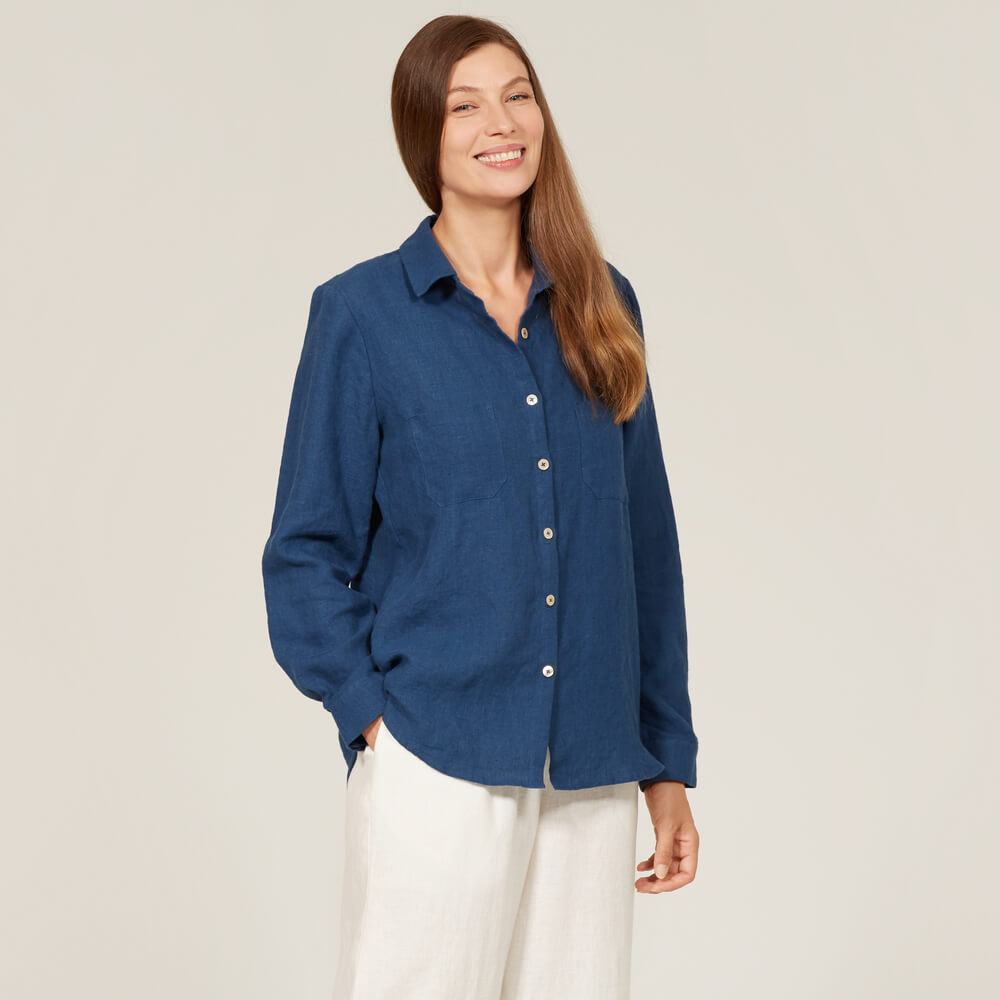




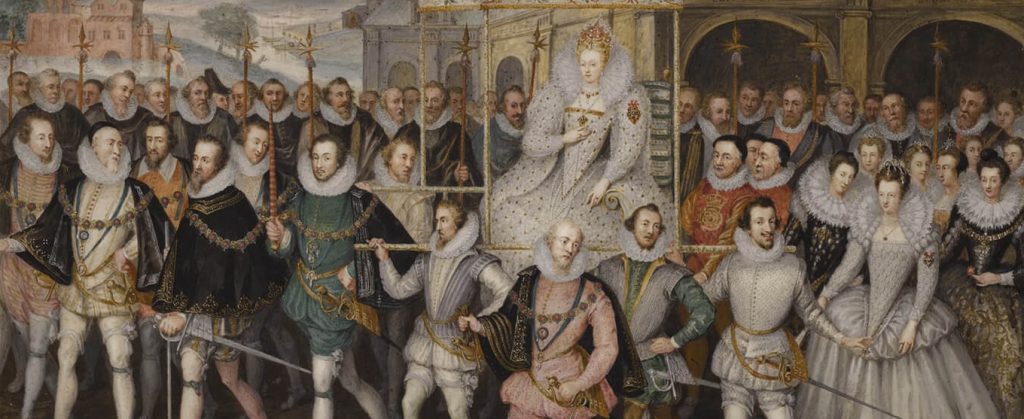
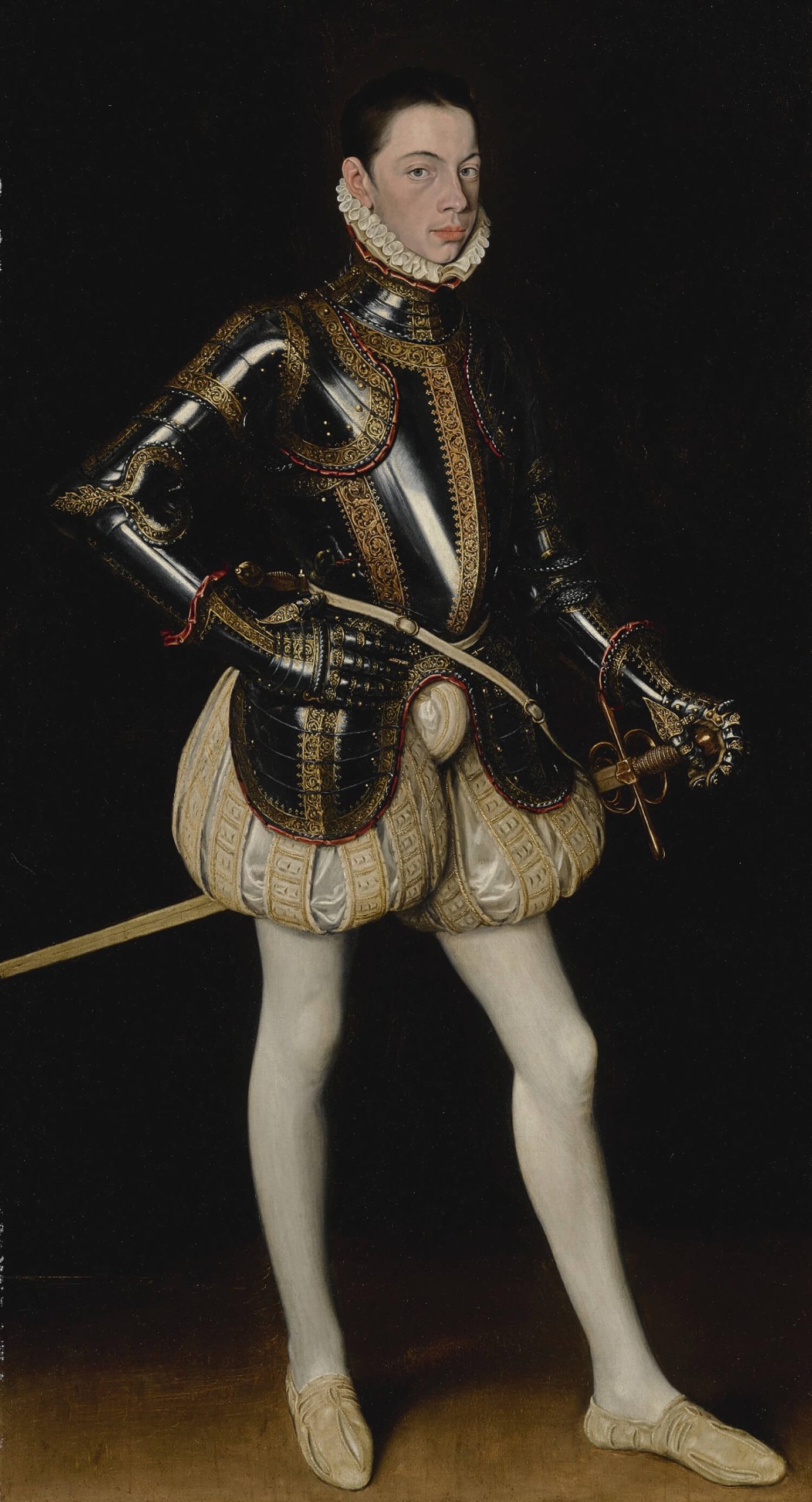
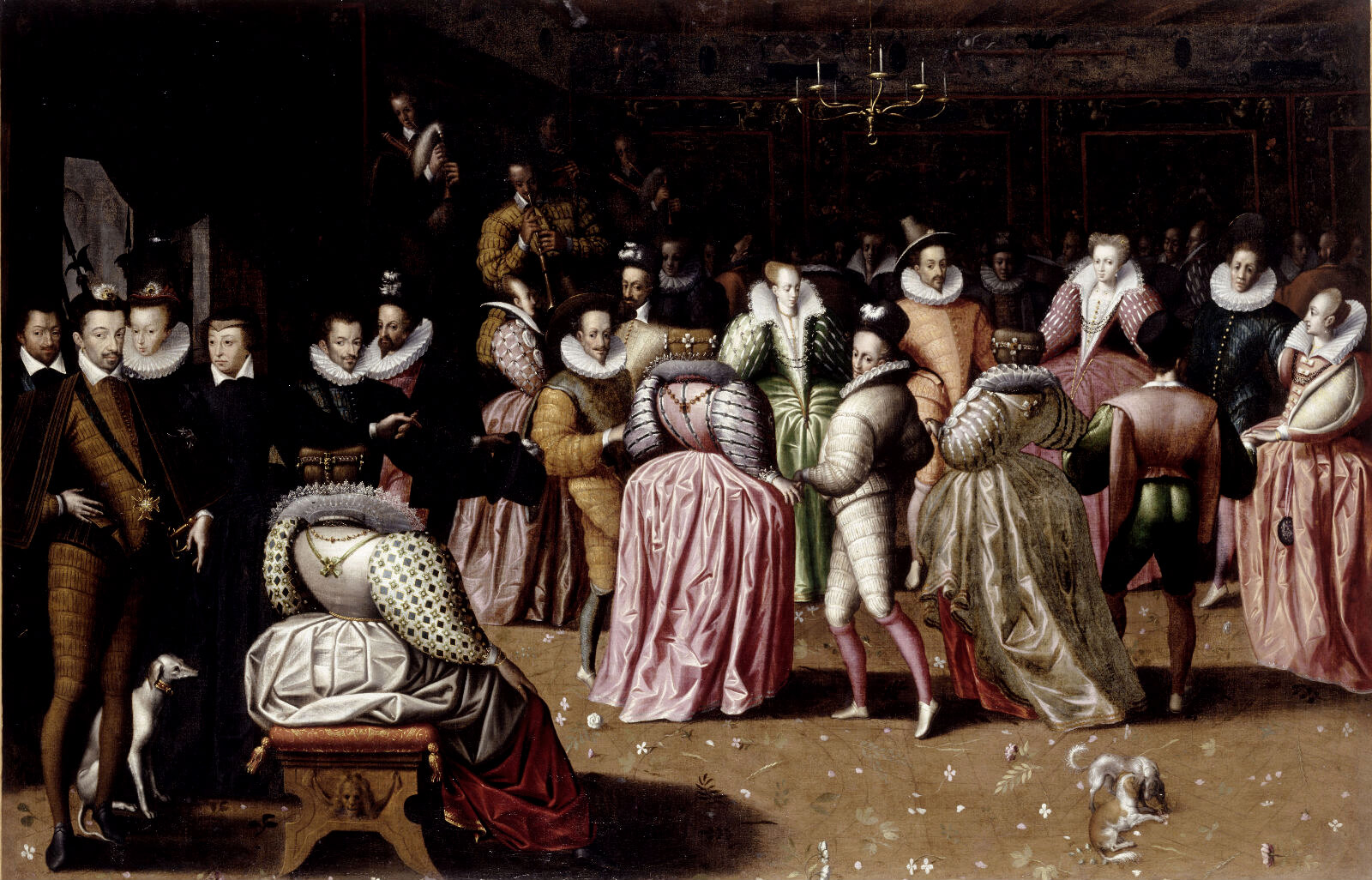
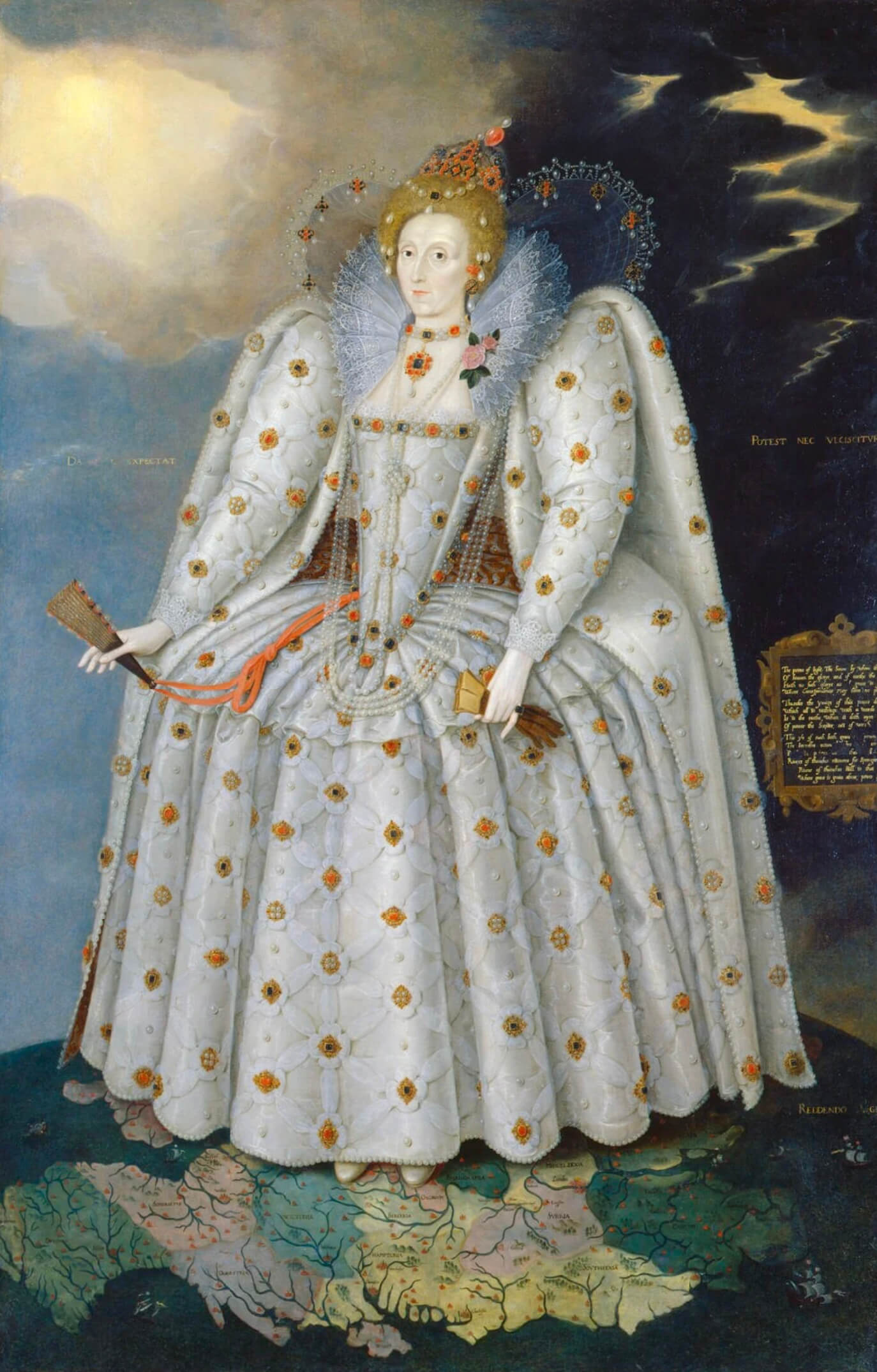
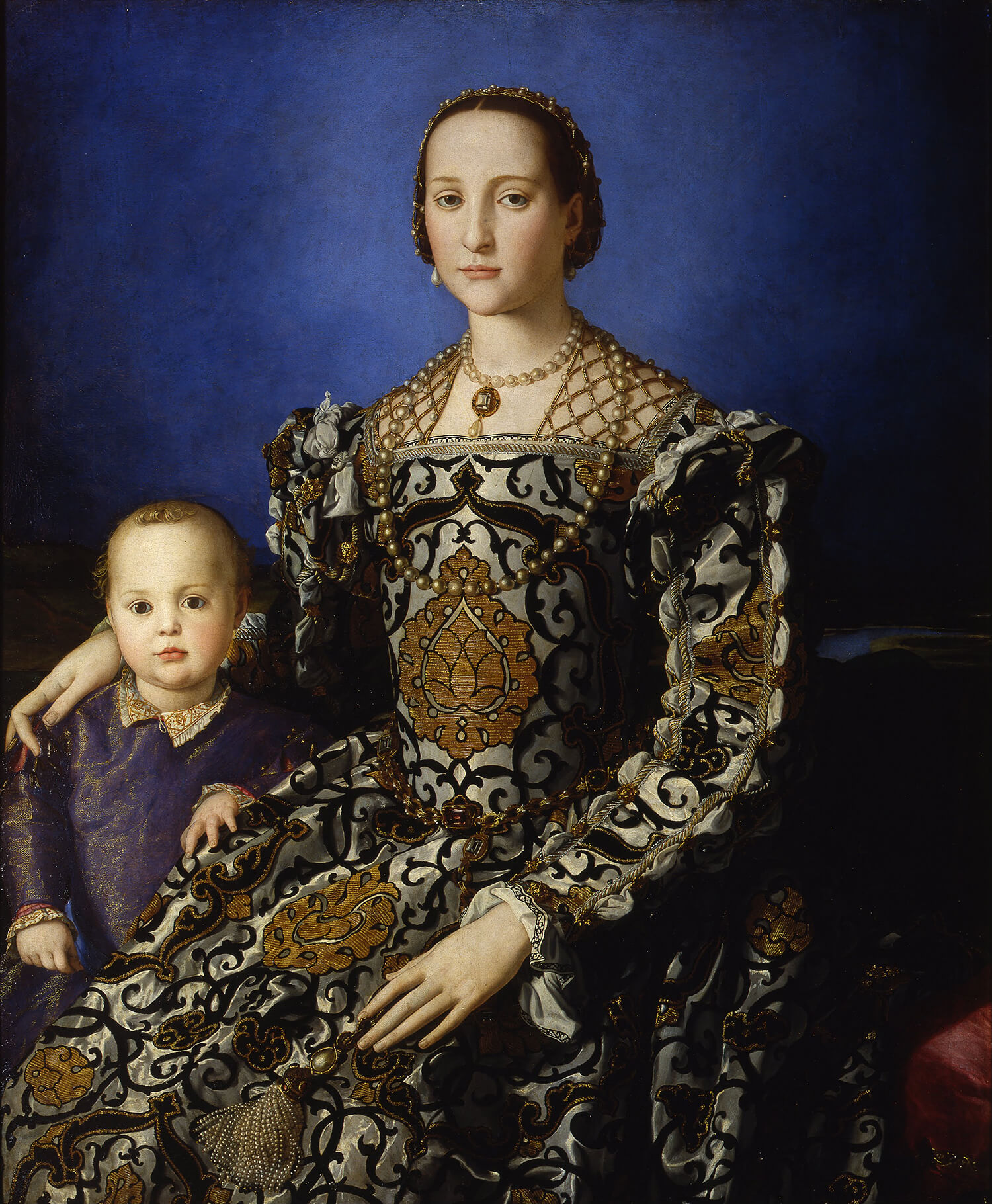
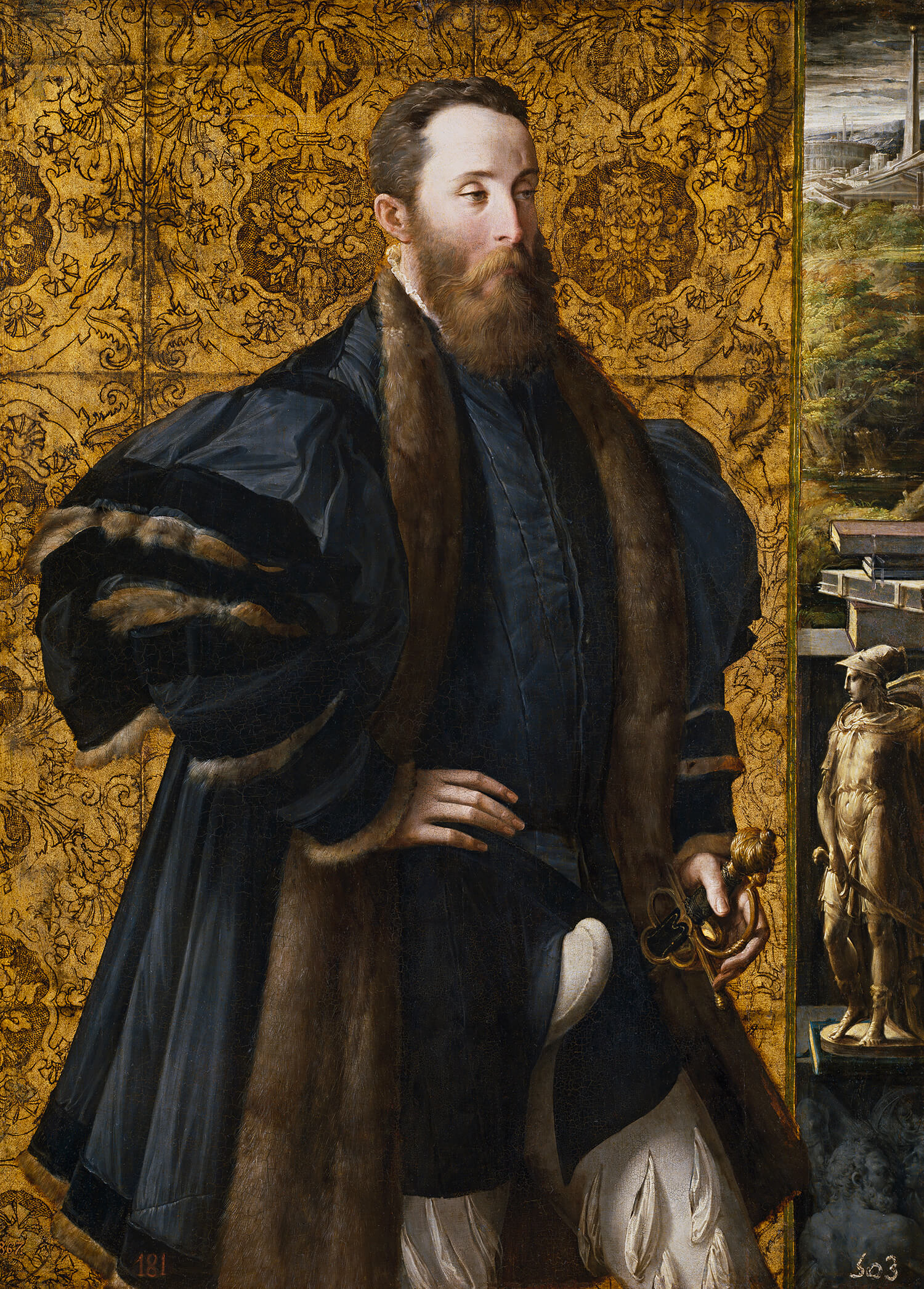


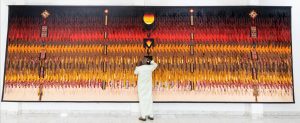
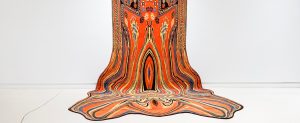



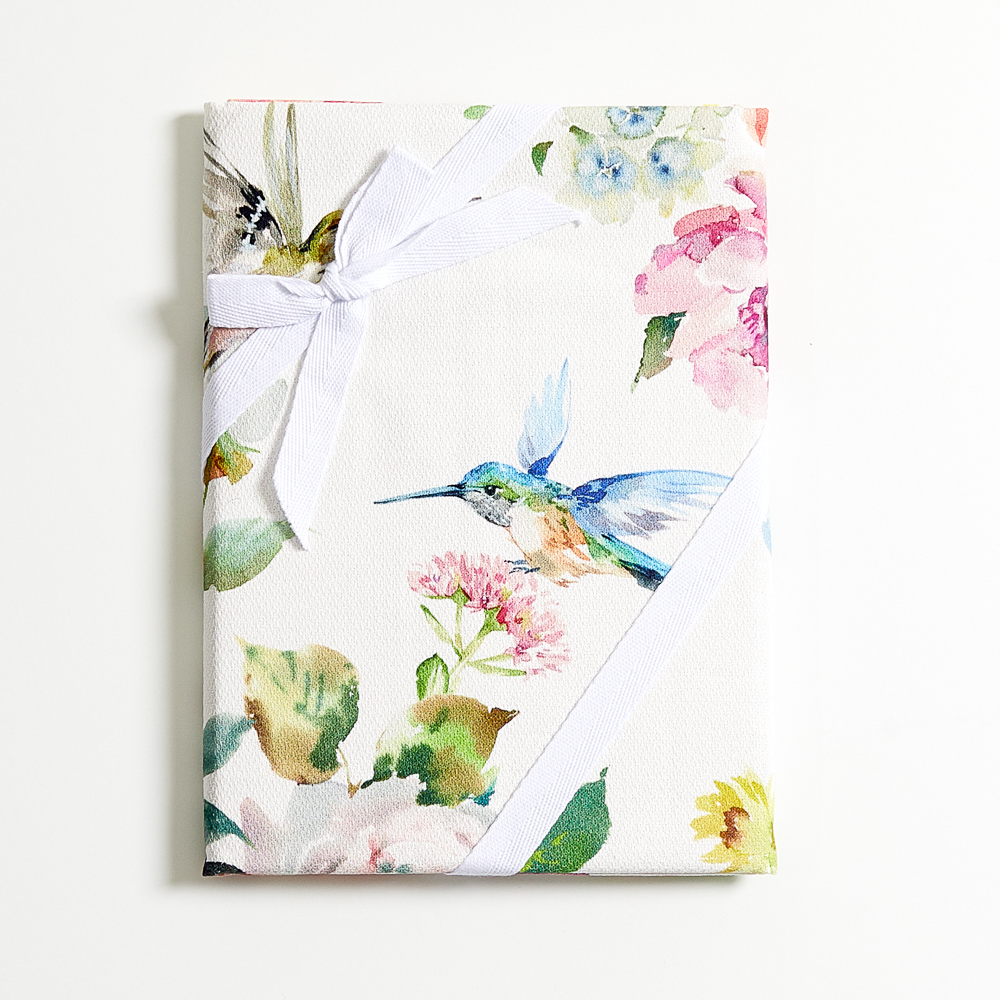
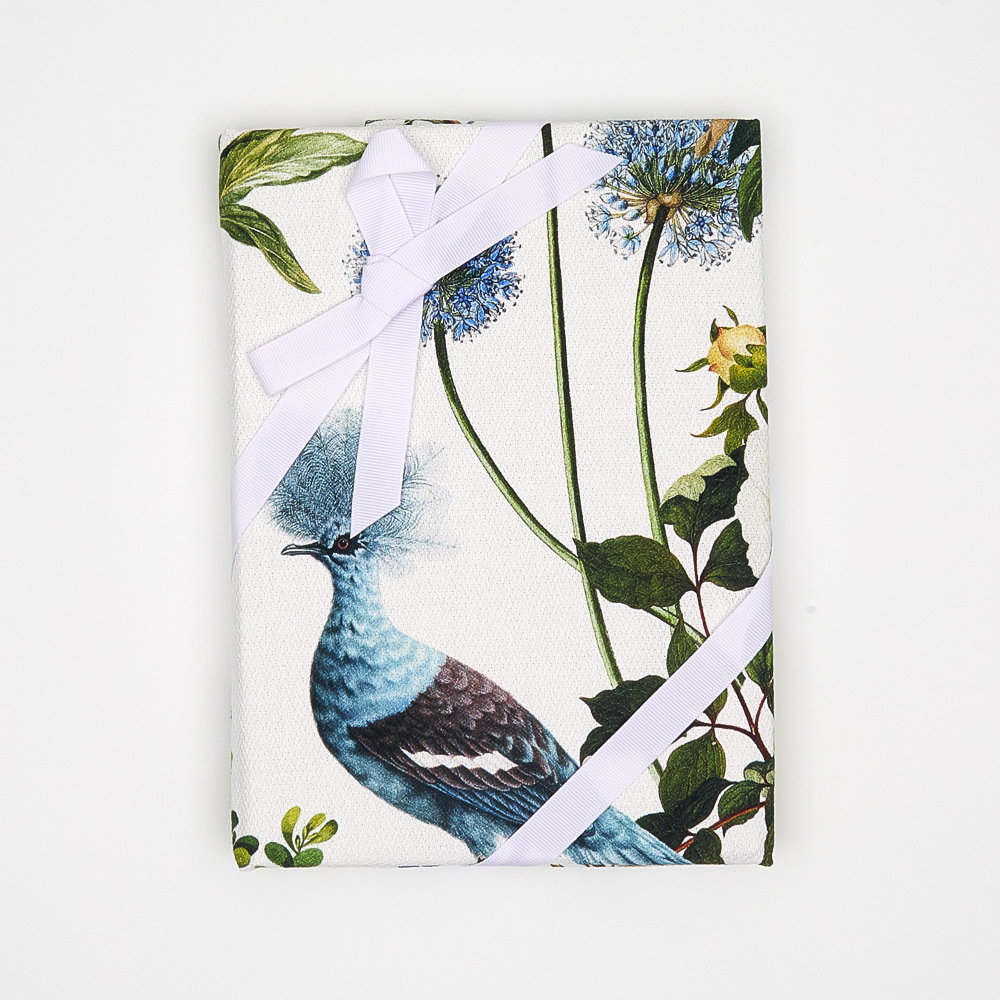

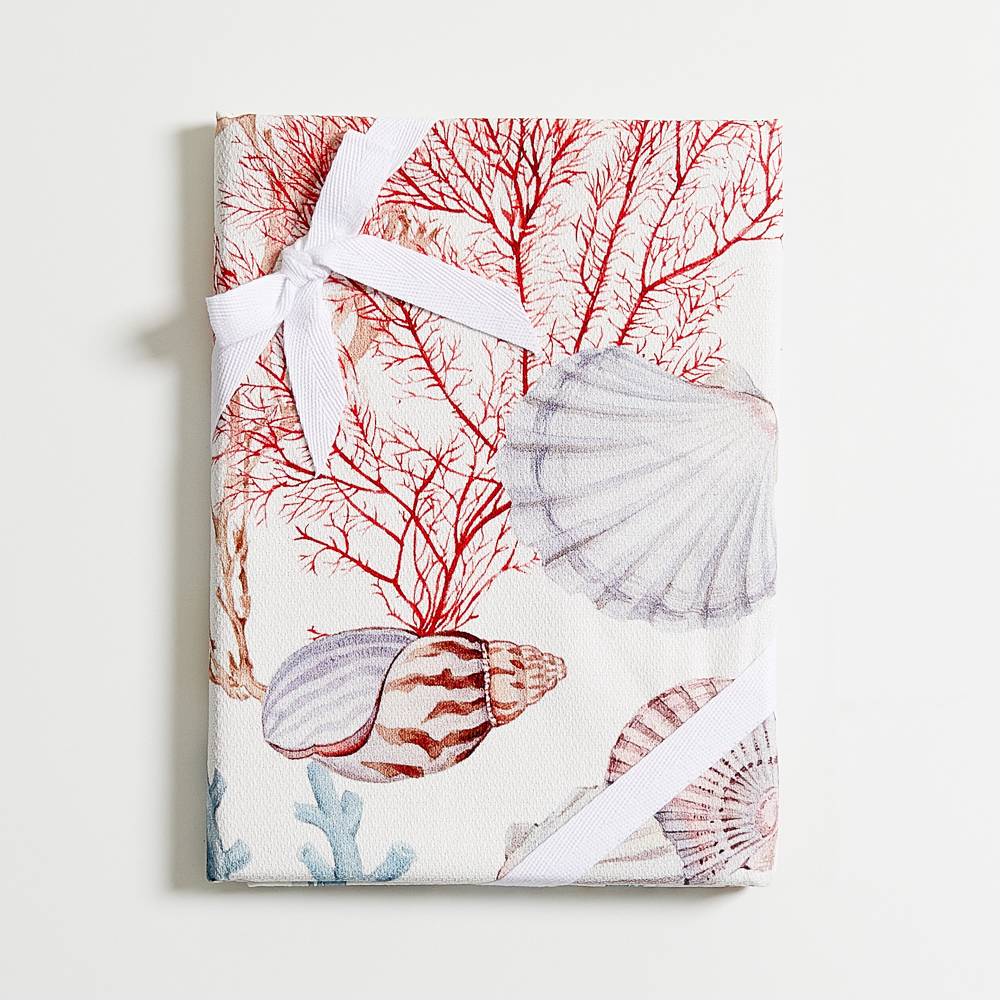

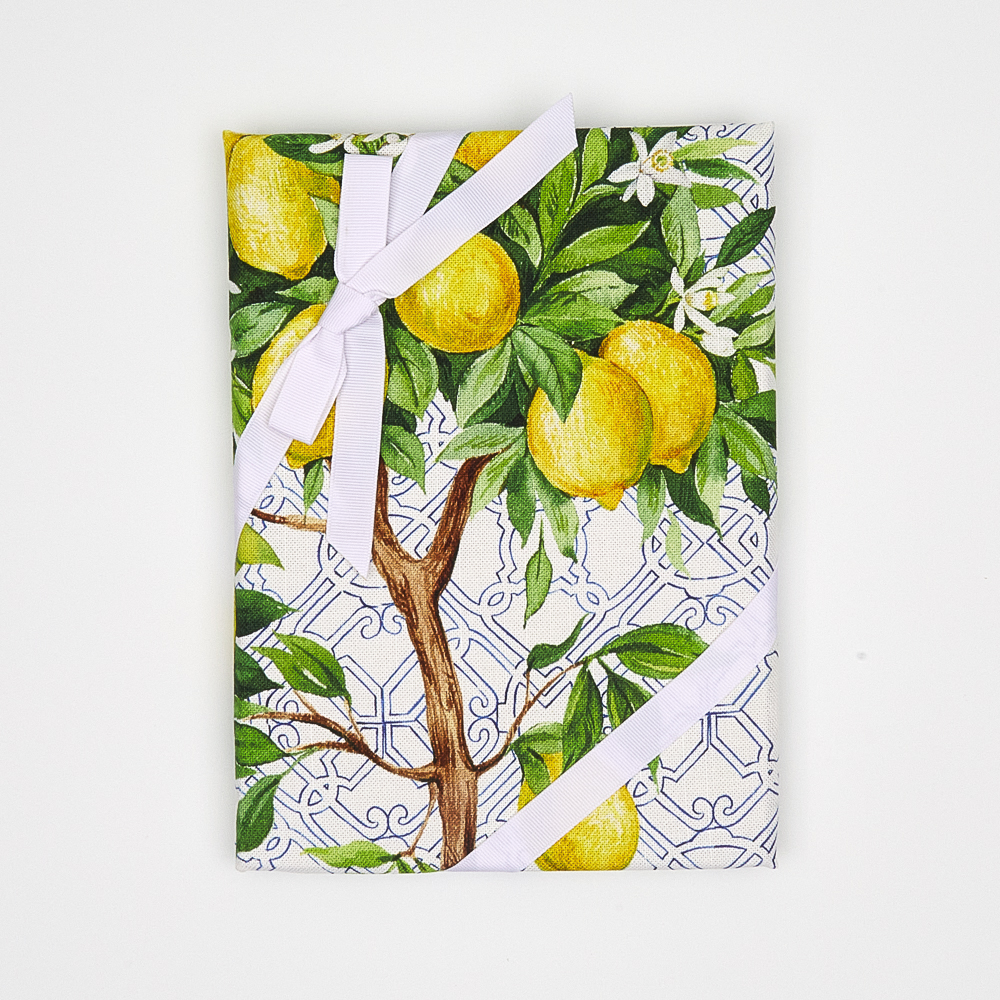
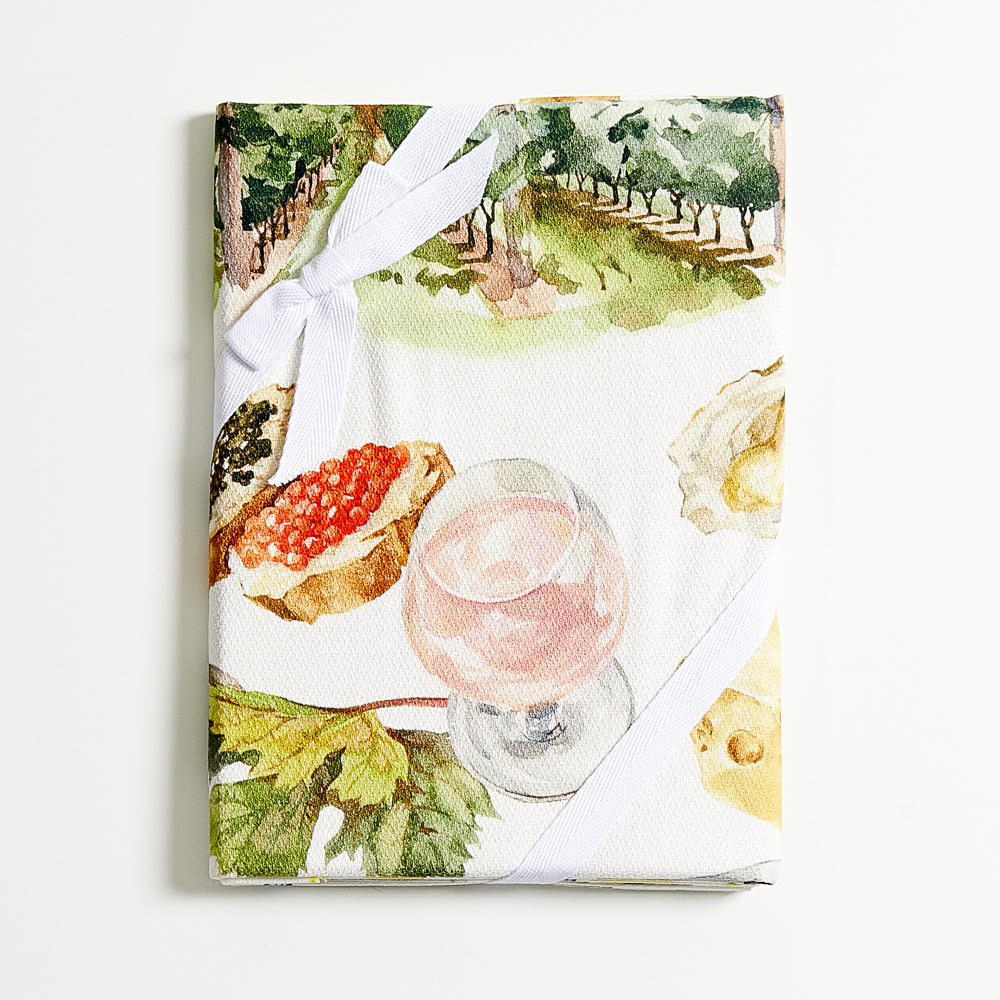





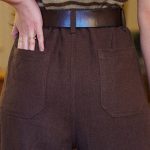


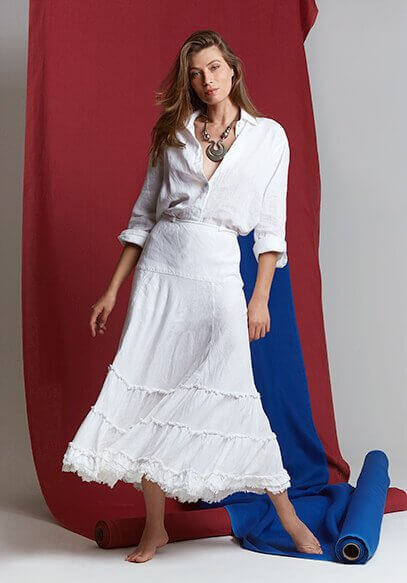
Leave a comment